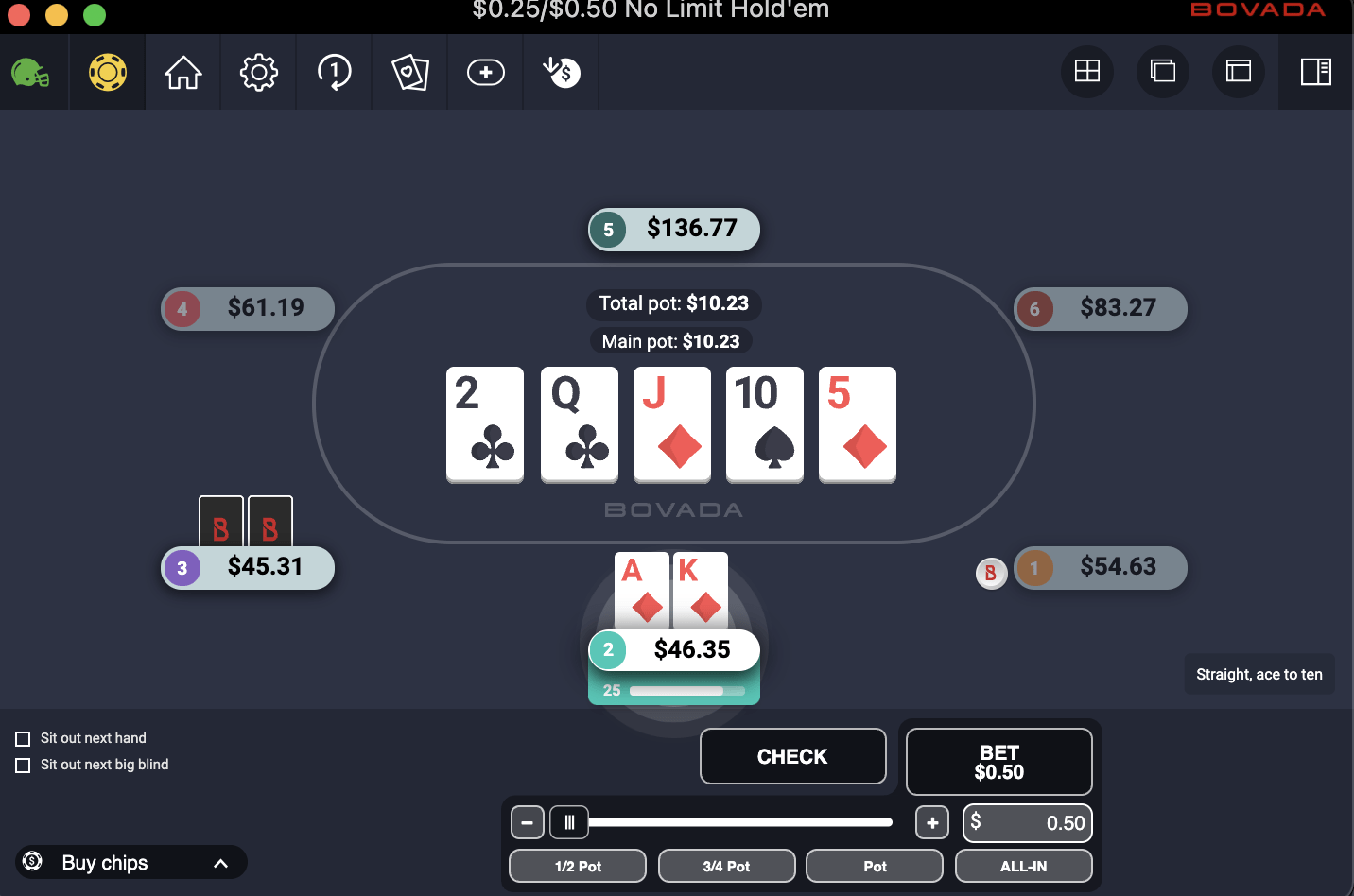While games of chance have been around for years, they continue to evolve each year to find new ways to attract and hook users. The game of Poker has been played since the early 19th century, yet online sites and casinos continue to find new ways to make subtle adjustments that draw new players and introduce new elements. Poker, specifically No-Limit Hold’em, due to its high variance nature, is not only an extremely popular game but it creates an addicting and thrilling atmosphere that can lead its biggest losers into dark places that extend further than the felt.
Like most gambling games, No-Limit Hold’em gives players the opportunity to quickly turn their money into more. All it might take is one lucky hand or a big break and a player can take the money of another. This separates the game from other forms of poker such as Limit Hold’em and Stud. In these games, there is a max amount of money that a player can risk each turn, lowering the swings and variance of the game. Due to this, the winners tend to more often be the more skilled players, while No-Limit players know that they could steal a big win in the short-run. This is what attracts novice players to this game — the idea that the one big hand can come around. It is also what leads to the addiction: the constant chase of a win which may not come in time before it’s too late.
The game is also simple to learn. Players only have a few options: check, call, bet, and fold — that’s it. Like how the reading described slot machines, such simple mechanics help to lower the barrier to entry and make it easy for new players to start seeing some winnings, drawing them in until they sit down at a table with players of higher skill level who can take them for their entire stacks.
As aforementioned, any player can score a big win in the short-run with a touch of luck. Like all games of chance, the longer a player plays, the closer that their realized earnings get to its expected value. Good players understand this and aim to win the most expected money knowing that it will materialize in the long-run. Good players as such engage with this idea and probability with a single decision they make. One of the most high-level explanations of such an idea is called pot odds. Using pot odds, a player can calculate the size of a bet that they can call to still be profitable in the long run. For example, if the pot is currently at $100 and a player faces an additional $50 bet that they need to call in order to win a total of $200. That means the $50 they need to pay would give them 4:1, or 25% pot odds, on their money. So, in order to make a profitable call, that player must believe that they have at least a 25% chance of winning. To gain a better understanding of if they have such a chance they must engage with numerous other factors, not only including the number of hands that the other player has that can beat them and the tendencies that they exude.
But such probabilities never fully account for the introduction of randomness. Bad beats are nothing uncommon in Poker, and the randomness keeps the game interesting. A massive underdog in a hand could find one of their only two outs in the deck and win. It’s an element of the game that makes players jump out of their seats and yell of joy or shock. This feeds further into gambling addictions. Whether they’re chasing that small percentage of a win that they could get or wanting to make up for the one that cost them a fortune, it lures players in further and further. It can prove to be a true danger for people and even ruin lives, and the fun of the game should be equally met with safety precautions and appropriate bankroll management.
Poker’s addictiveness is not something to be looked past, and the thrills and swings of No-Limit make it not only so players try the game for the first time, but also return to the table against their will. I’ve played thousands of thousands of hands of poker in my life in numerous different settings: games with friends, casinos, and online. The one thing that stays consistent across all disciplines is the thrilling and encapsulating nature that, if I had not been careful over the years, could have led to much larger issues in my life.



